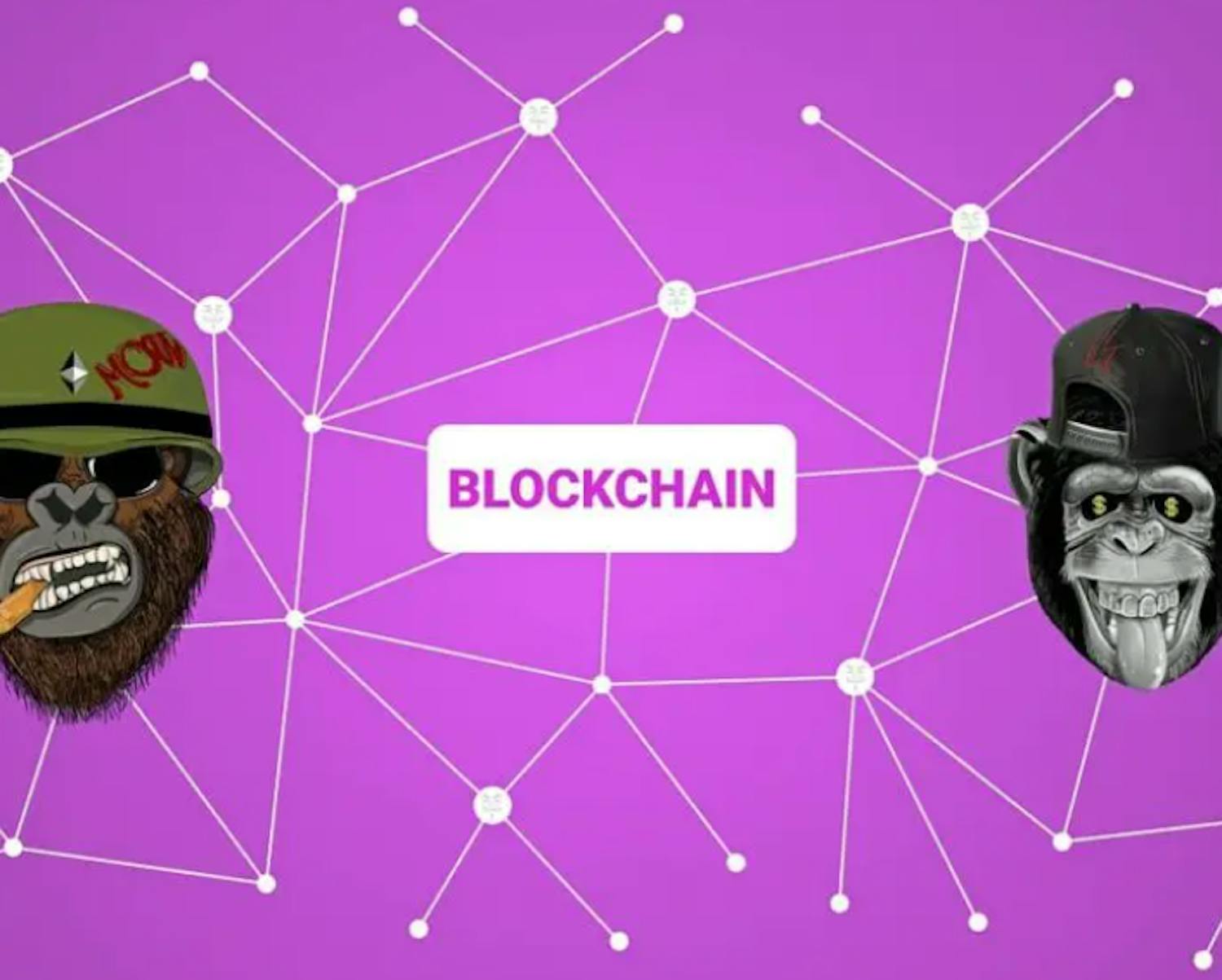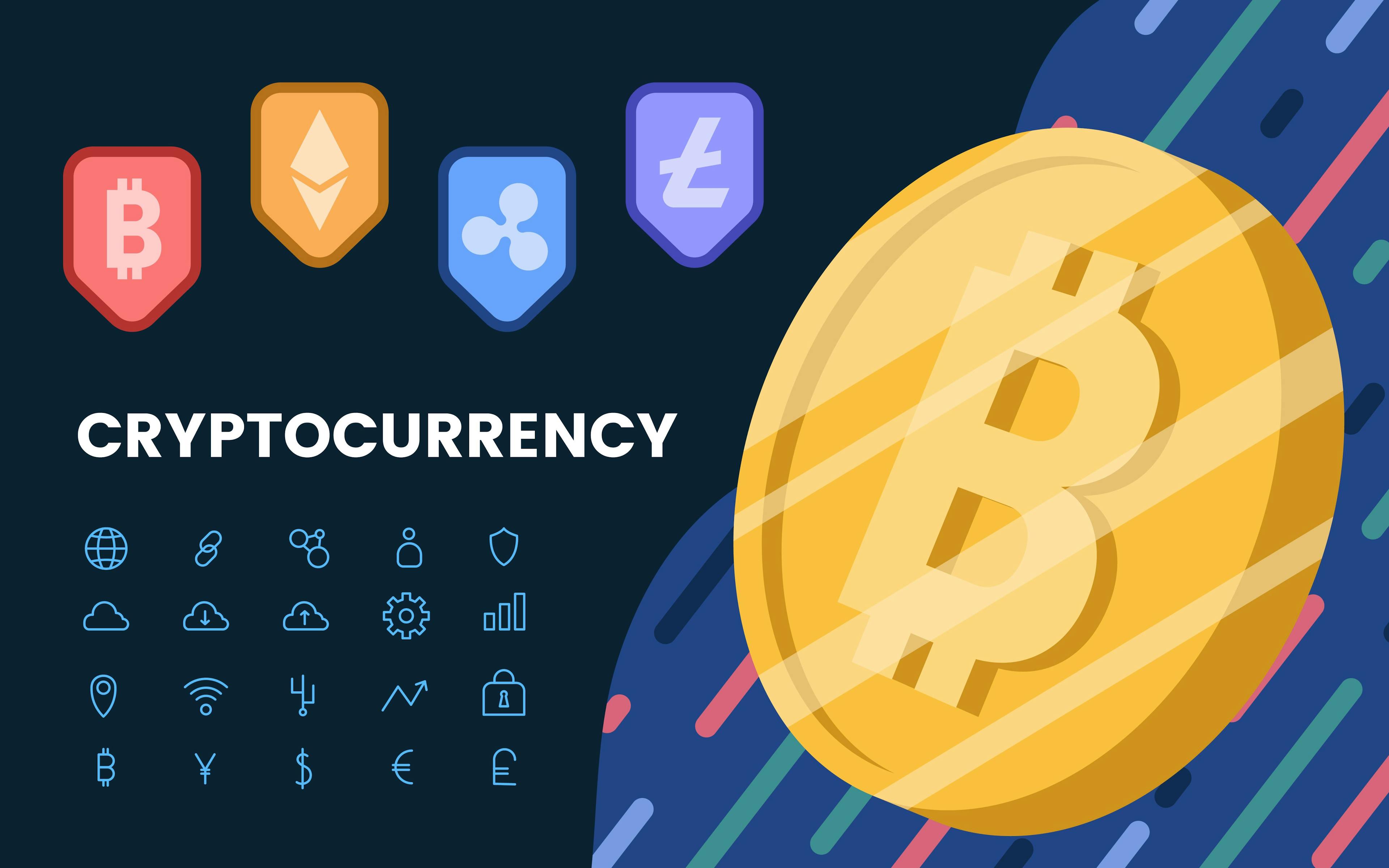OpenSea vs Rarible: Which NFT Marketplace is Best for Selling Your Digital Artworks?
12th Sep 2023

Table of Contents
A Quick Primer: What Are OpenSea and Rarible?
NFT Marketplace Fees: What’s the Cut for Sellers?
Feature Comparison: What Can You Do on OpenSea vs Rarible?
User Base and Market Activity: Where’s the NFT Action At?
Assessing Platform Security: Is Your NFT Artwork Safe?
How to Get Started: Listing Your First NFT
The Final Verdict: Which NFT Marketplace is Best for You?
Diving Deeper: Expert Tips for Selling Artwork as NFTs
Final Thoughts on Choosing Your NFT Marketplace
So you’ve created some awesome NFT art and are wondering where to sell it – OpenSea or Rarible? As an artist, you want the best platform to showcase and sell your digital creations to fans and collectors in the NFT space. But between fees, features, and community, how do you decide?
I’ve sold NFTs on both OpenSea and Rarible, so let me walk you through a detailed comparison to determine the right marketplace for your needs as an artist.
1. A Quick Primer: What Are OpenSea and Rarible?
For those new to cryptoart, NFTs or non-fungible tokens are blockchain-based assets that represent ownership of unique digital items like artworks, music, videos, etc.
NFT marketplaces like OpenSea and Rarible allow people to buy, sell and trade these verified digital assets. They handle all the NFT infrastructure in the background, while providing artists a platform to upload their artwork, add descriptions, set prices and sell to an active community of collectors.
Key Differences at a Glance
OpenSea dominates as the largest NFT marketplace right now, focused mainly on art, music and collectibles. Fees are 2.5%.
Comparatively, Rarible emerged as a community-owned platform catering especially to digital artists and graphic designers. Minting fees vary from 2.5% – 15% based on the amount of sales on Rarible per month.
Both have pros and cons when it comes to fees, functionality, community and security. Let’s break it down piece by piece.

2. NFT Marketplace Fees: What’s the Cut for Sellers?
As an artist, the commission fees charged by the platforms likely matter more than anything else. And this area sees some big differences:
OpenSea’s seller fee is 2.5% for every single NFT sale. One of the lowest in the industry.
Rarible uses a tiered structure from 2.5% up to 15% depending on how many sales you’ve had on Rarible so far:
- Level 1 (15%): 0-10 NFTs sold
- Level 2 (10%): 10-50 sales
- Level 3 (5%): 50-100 sales
- Level 4 (2.5%): 100+
So OpenSea is a clear winner on flat 2.5% commissions versus Rarible’s higher 15% cut for beginners.
However, once you’ve made 50+ sales on Rarible, the 5% fees become more attractive.
So if you’re an established artist with a large collector base likely to buy your art, Rarible strikes a good balance. Newcomers would benefit more from OpenSea’s upfront 2.5% charge.
There are also gas fees (transaction fees) on both platforms as they operate on the Ethereum blockchain. These vary based on activity and can range from $5-$200+ at times.
3. Feature Comparison: What Can You Do on OpenSea vs Rarible?
Beyond fees, functionality matters too. As an artist, you want great tools that make it easy and flexible to showcase your creativity online.
So what all do OpenSea and Rarible offer creators?

OpenSea comes out ahead across usability and features – with mobile apps, more auction formats, robust discovery, and 4X more monthly users.
Rarible however stands out with tools tailored specifically for tokenizing artworks – like fractional NFTs. But social and discovery elements are lacking.
So OpenSea has more flexibility…but Rarible offers a tighter-knit community feel among digital artists.
4. User Base and Market Activity: Where’s the NFT Action At?
As a seller, you also care about reaching active buyers, building your collector fanbase, and seeing high sales volume in the NFT space.
Let’s compare how OpenSea and Rarible stack up when it comes to their user and trading activity.
OpenSea dominates trading activity among NFT marketplaces with over $14 billion in sales. Daily active wallets hover around 45,000-50,000+. Even during crypto bear markets, it stays highly active.
Comparatively, Rarible saw impressive early growth but trails at “just” $210 million in all-time volume. However, the community still sees 15,000+ daily transactions. And engagement among loyal digital artists remains high.
There’s also a difference in type of users attracted to each NFT platform based on my experience:
- OpenSea buyers tend to target flips – seeking NFTs likely to quickly gain value from emerging artists
- Rarible collectors value supporting creators within its tight-knit community, not just profits
In summary – if you seek to tap into the frenzy among money-minded NFT speculators, OpenSea delivers that liquidity and investor drive.
But to find dedicated art patrons who appreciate your style and creative vision, share your work on Rarible’s community hub.
5. Assessing Platform Security: Is Your NFT Artwork Safe?
Security is huge in crypto and NFTs fraught with scams or thefts. As an artist, you worry about counterfeits of your digital art circulating around. Or whether the platforms themselves have stability risks.
So how do Rarible and OpenSea stack up on reliability?
OpenSea comes out as the more secure option after facing hacking attempts and upgrading measures across the board. Cloudflare shields against threats, two-factor authentication protects accounts, and trained moderators actively suspend policy violations.
Whereas Rarible adopted a decentralized governance model which lagged in enacting protections early on. But now requires user verification, utilizes meta-transactions, and brings in on-chain jurors for disputes. So safety is improving.
Neither platform has faced complete shutdowns or collapses either despite crypto volatility. And they continue upgrading infrastructure.
But OpenSea edges ahead on history and consistency around security policies and protections. So slightly more peace of mind for sellers there.
6. How to Get Started: Listing Your First NFT
Curious to give OpenSea and Rarible a test run selling your artwork now?
I’ll outline the basic steps to start listing an NFT collection on both platforms as a beginner.
OpenSea
- Create an Ethereum wallet like MetaMask
- Sign up for OpenSea and connect your wallet
- Upload your NFT files and complete item descriptions
- Approve blockchain transactions to mint your artwork
- List each NFT for sale! Customize prices, unlockable content etc.
It takes 10-15 minutes to publish your first NFTs on OpenSea. Everything stays linked to your connected crypto wallet.
Rarible
- Install MetaMask browser extension
- Make a Rarible account using your wallet address
- Create each NFT by uploading a file and filling details
- Mint your work to the blockchain for a small fee
- Click “sell” to list your art for bidding or as “buy now”
Rarible makes the NFT creation process fast & intuitive for digital art. Just click to mint then sell away!
So ease of onboarding goes to Rarible with its focus directly empowering artists.
7. The Final Verdict: Which NFT Marketplace is Best for You?
So summing it all up – is OpenSea or Rarible better for selling your NFT art? 💭
It depends on your priorities as a digital creator:
Choose OpenSea If You Want:
- Low and transparent 2.5% fees
- High-liquidity marketplace with lots of buyers
- More tools, mobile apps and site functionality
- Focus on profits and trading NFTs
Go With Rarible For:
- Community of dedicated art collectors
- Reasonable 5%-15% fees once established
- Specialized features for cryptoart
- Supporting creators not just profits
As a beginner, OpenSea offers everything to get started. But Rarible provides a home for artists as the market evolves.
Hope this gives you clarity about picking the right NFT platform for your goals! Whether looking to maximize sales, make connections in the space, or find a community who appreciates your style.
Let me know if have any other questions. And best of luck with your NFT art journey
8. Diving Deeper: Expert Tips for Selling Artwork as NFTs
Now that I’ve covered a broad feature comparison of OpenSea vs Rarible, I wanted to go deeper across some key factors for maximizing sales and earnings. These pro tips come from my own experience selling digital art.
Selling NFTs can get complex quick with crypto wallets, blockchain transactions, marketing sites etc. But I’ll simplify the main steps for you.
Finding Your Niche in the NFT Art World
The NFT space offers endless creativity. But standing out from the pack with stylistic identity grows harder daily.
As an artist, ask yourself:
- What themes best showcase your distinctive style?
- Are you stronger with character illustrations vs abstract designs? Landscapes?
- Which visual medium fits your skills – 3D, pixel art, photography, CGI?
- Does your artwork evoke “avatar” appeal for social media? Memes?
Lean into your strengths rather than chasing trends. But do browse top-sellers across art categories on OpenSea and Rarible’s rankings. This reveals niches heating up.
I’ve carved out a niche creating surreal pop culture generative art hybridizing celebrities with mythological creatures or symbols. They resonate widely.
But find your own lane. Gimmicks wear thin fast. Authentic style lasts.
Once establishing aesthetic identity, build collections and storytelling around that core visual theme.
Setting Competitive Pricing for Your NFT Creations
What to charge for your digital art?
Tough balancing act between maximizing profits and building traction.
As reference, the average OpenSea collectible sells for $412 right now. Rarible artwork goes for around $150-$300 typically.
For first collections, consider pricing Ethereum artworks at 0.2-0.5 ETH to start. Roughly $250-$600. Make some unique 1-of-1 “featured items” that sell higher for true fans.
But don’t severely undervalue artwork either just to gain exposure.
Pay attention to wider NFT price trends and demand signals. Is there bidding frenzy heating up for profile picture collections like Bored Apes? Hover around those averages based on visual style and utility.
Rarity also plays a role. Generated artworks with layers of expanding traits can unlock scarcity pricing through odds calculations.
And track royalty percentages too – they provide ongoing passive income from secondary sales. Highly successful creators lock in 10%+ royalties once established.
Finding the right fixed prices or auction formats might take testing across a few early drops. Gauge buyer reactions in community Discord channels.
But the key is showing buyers inherent value in your creations – through visual appeal, community building, and smart pricing strategies.
That grows a loyal collector base longer-term.
Where to Market and Promote Your NFT Art Collections
Beyond just listing NFTs on OpenSea and Rarible – how do you effectively promote them as an indie artist?
Leveraging social media and engagement strategies tailored to cryptoart communities generates huge exposure.
Twitter offers wide reach. Follow key NFT influencers, collectors and fellow artists in the space. Like and RT their work. Organically engage over time without shilling own links constantly.
Slowly build genuine connections and referrals to your art.
Instagram provides visual discovery between artists in NFT circles. Post WIP sneak peeks using NFT hashtags to enter that community.
Discord serves as the central hub for Web3 early adopters. Join artist groups and show off collections for feedback and interest checks. Some even allow promotional channels or paid partnerships to gain access to their engaged members.
And niche art Subreddits like r/NFT, r/CryptoArt bring in targeted traffic during launches looking to buy or commission artists.
So combine social media, influencer marketing and niche community building. This drums up steady demand rather than relying just on platform visibility.
Test teasers, trailers and giveaways that incentivize resharing with followers too. Overall – tell an evolving story about your artwork across channels that captivates fans.
Slowly nurturing community support and captive audiences around launches drives repeat buyers of your artwork. And referrals to new collectors.
That maximizes earning potential over time by leveraging NFT market hype cycles with owned audiences. Rather than getting lost as a random artist uploading to OpenSea’s endless feed each time.
Dealing With Counterfeits or Stolen Artwork
Unfortunately, NFT art scams happen. Counterfeits get minted or sold without permission, stealing profits and reputation.
As an artist, stay vigilant about protecting creative rights.
Register active copyrights tied to your name for complete collections of images. This allows issuing DMCA takedowns if your art appears resold elsewhere.
On OpenSea or Rarible, report counterfeit listings for review. Their moderation teams will delist if duplicates found.
For wider monitoring, use services like NFT-Protect that crawl multiple platforms identifying copies. They even publish “certificate of authenticity” NFTs proving ownership.
If works get exploited without consent, rally community support on social media & pressure marketplaces to ban those accounts.
And this is why leaning into genuine relationships with followers protects long-term income. NFT buyers support creators they trust and connect with.
Overall, staying alert to violations plus having backups like copyrights and authentication NFTs will minimize damages. Don’t let it discourage you from sharing creativity publicly.
Simply approach sales through authorized platforms like OpenSea or Rarible to manage rights to your work. And socialize launches across owned channels with audiences invested in your success.
Do that consistently and NFT art provides a rewarding new stream of royalties plus engagement with true fans – all while retaining your creative license and ownership.
9. Final Thoughts on Choosing Your NFT Marketplace
After diving deeper across specific tips for effectively promoting and selling NFT artwork, I want to re-summarize key differences in OpenSea vs Rarible that may suit your needs as an artist.
Sell on OpenSea If You Want:
More exposure and buyers – higher trading volumes and site traffic makes it easier entering the NFT space as a no-name creator.cast a wider net attracting collectors of all kinds.
Low and stable fees – just a 2.5% flat commission to use a polished platform with great infrastructure.
Maximizing flip potential – buyers drawn to reselling & speculation means higher turnover if catering to trends.
Consider Rarible For:
Community philosophy – appreciating art and artists over pure profit motives or materialism through NFT ownership.
Fostering direct relationships with engaged collectors via social tools, not just one-off sales.
Portal designed purely for showcasing digital art – not just trading cards or domain names.
Earning referrals and rewards for bringing artists and collectors together in a thriving ecosystem.
At the end of the day, pick the platform aligning with your ethos and motivations as a creator.
Are you chasing money from hype releases and trend-riding? Go with OpenSea.
Do you want to find a niche community that specifically celebrates avant garde, generative or cryptoart? Give Rarible a chance.
Whichever pathway calls to you – own it. But take steps to protect rights, cultivate social followings across channels and keep innovating artistically within Web3 spaces embracing this new medium.
NFTs free creators to earn income directly from digital art while engaging fans. So explore all the possibilities with consistent creative output rather than getting distracted by short term price speculations alone.
The journeys look different but the destination thrives the same – more control and livelihoods for artists.
Hopefully these tips give you clarity and confidence to start selling NFT artwork on ideal marketplaces as part of your creative career!
Let me know if any other questions come up – happy to offer guidance or just chat cryptoart anytime.



